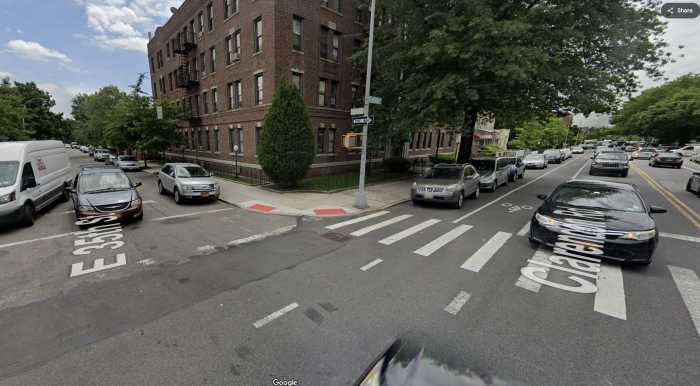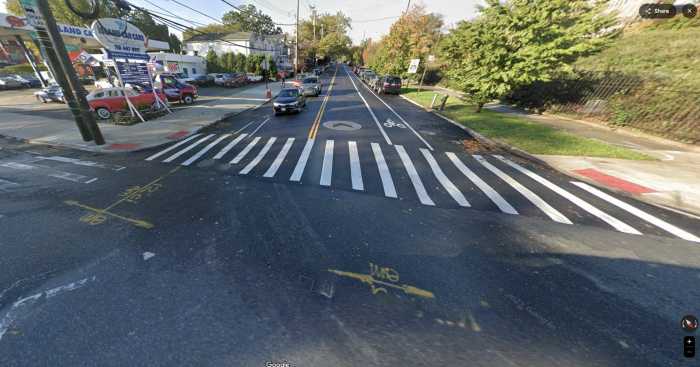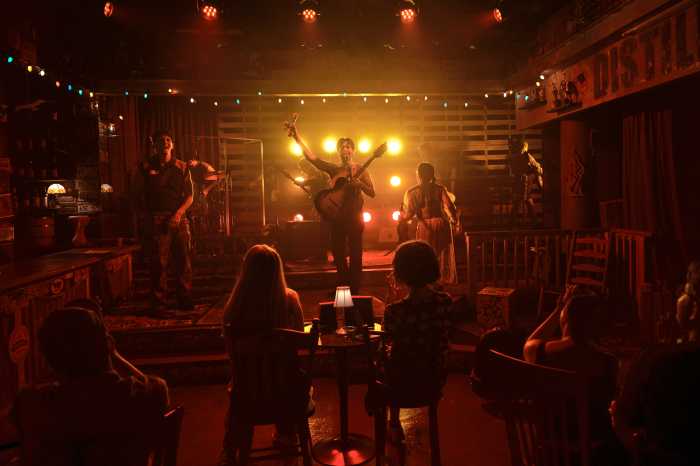
The MTA’s outreach to homeless people in the transit system is focusing on the end of subway lines, as well as trains in motion, officials said Monday.
New York City Transit relies on its contractor, Bowery Residents Committee, for services that include housing, mental health and detox programs. The MTA partnered with the Department of Homeless Services in July last year, and transit officials said all of its 469 stations are visited regularly.
The NYPD, the MTA, and its partners target areas based on complaints from riders, workers and local communities.
A count of people living in the subway in February this year by the Department of Homeless Services recorded about 1,976 homeless riders. A mini-count in the spring then discovered 1,196 on trains, and 600 homeless riders at stations.
The MTA said it’s challenging to move homeless riders into shelters because the “easy availability of food and money make the subway an ideal environment for homeless individuals,” according to transit documents.
Once someone pays a fare, a passenger can also stay as long as they want without violating MTA rules.
Subway police patrols can even encourage homelessness, because it creates a safer haven for people than they would find on the streets, documents also note.
MTA board member Andrew Albert said he was concerned that a woman was living at the 66th Street station on the Upper West Side with 20 bags. NYPD officials at the meeting said they don’t tolerate subway encampments.
The MTA wants to combat homelessness at both subway and commuter rail stations, including Penn Station.
Its LIRR board committee approved Monday an $860,000 three-year contract for homeless outreach at LIRR stations.
The railroad has struggled with homelessness at its stations for a long time, but it is the first time the railroad will have its own contractors respond to homelessness.
(With Alfonso Castillo)




























